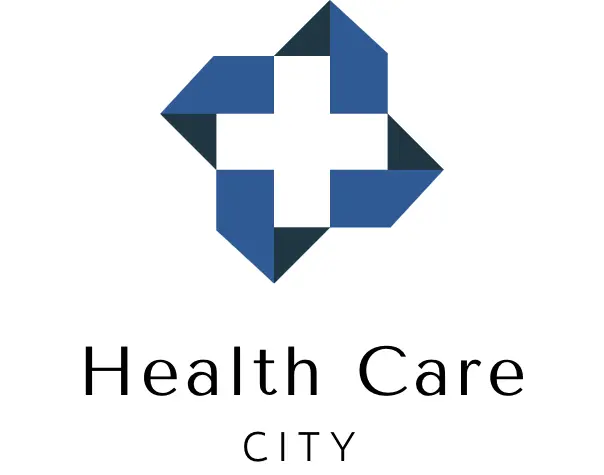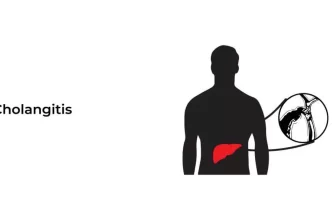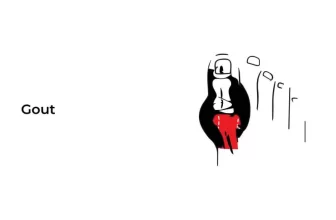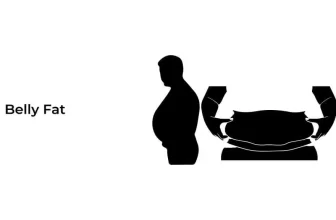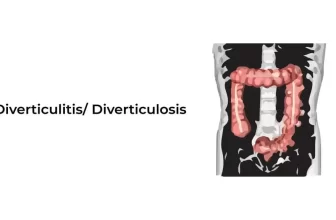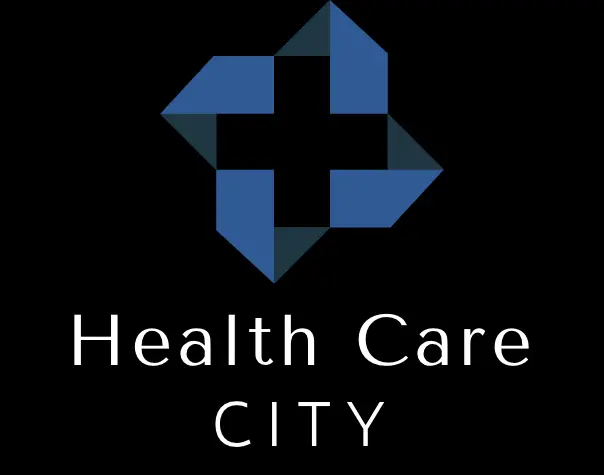Your rotator cuff is supported by tiny muscles; one of them is the supraspinatus. The supraspinatus is a small upper back muscle that runs from the superior part of the scapula (shoulder blade) to the larger tubercle of the humerus. The supraspinatus muscle is separated from the infraspinatus muscle, which originates below the spine by the scapula’s spine.
Structure
The supraspinatus is the most superior of the four rotator cuff muscles. On the back of the scapula, there’s a small triangular-shaped muscle. On the medial side of the scapula’s spine, the supraspinous fossa is a concave depression. Muscle fibres converge on a tendon that runs beneath the acromion of the scapula. After traveling through the glenohumeral joint, it joins the superior facet of the larger humerus tubercle. Supraspinatus is a muscle that resides beneath the trapezius and above the infraspinatus and spine of the scapula. The subacromial bursa separates the supraspinatus tendon from the coracoacromial ligament, the acromion, and the deltoid muscle.
The suprascapular nerve innervates both supraspinatus muscles and infraspinatus muscles. It emanates from the upper trunk of the brachial plexus. Fractures of the overlying clavicle can harm this nerve along its route, decreasing the ability to stiffen the muscle and causing pain while moving the muscles. These conditions are usually treated by restricting the movement of the fractured area and allowing the muscle to relax and heal on its own. Medications are also used to reduce pain and inflammation in the muscle. If the condition gets worse, surgical procedures are required. Injury in supraspinatus muscles causes pain in the whole shoulder girdle and restricts rotation movements. A person may feel stiffness in their muscles and find it difficult to perform routine tasks. Moreover, the structural issues in supraspinatus muscles cause severe diseases and reduce muscle strength and mass with age.
Embryology
Most people believe that the shoulder girdle muscle and the upper limb grow together initially, while each of these structures has separate roots. Limbs from tissues termed ‘lateral plate mesoderm’ develop parallel to head somites.
The shoulder blade and its connected muscles control its motion that is formed by the opposite somites. The tissues that connect the shoulder girdle to these structures are known as superficial tissues or soft tissues of the thoracic. These tissues are also attached to the limb, and the entire skeletal structure of the shoulders is made up of all these tissues and muscles mentioned above.
Lower limb development occurs earlier than upper limb development. The placement of myoblasts varies as the growth progresses, and the supraspinatus develops because muscles are not fully grown at this time. Following the development of the supraspinatus, two types of cells, somatic cells and somatopleuric cells merge to produce the muscle.
Relations
Supraspinatus is located beneath the trapezius muscle and above the scapula’s spine and infraspinatus muscle. The subacromial bursa separates the supraspinatus tendon from the coracoacromial ligament, the acromion, and the deltoid muscle.
Blood supply
The suprascapular artery, a branch of the subclavian artery’s thyrocervical trunk, supplies circulatory supply to the supraspinatus. Supraspinatus is fed through the suprascapular notch by the suprascapular artery and the suprascapular nerve. The supraspinatus receives collateral blood supply from the dorsal scapular artery. Venous drainage is carried out by the same veins that run across the arteries and discharge into the subclavian vein.
Function:
The supraspinatus muscle holds the head of the humerus between the glenoid cavities that cause arm abduction. The supraspinatus muscle stabilizes the glenohumeral joint’s head of the humerus during joint movement. The Supraspinatus muscle also supports abduction of the arm at the glenohumeral joint in the deltoid muscle. With this assistance, the humerus head slips inferior on its own. Supraspinatus and deltoid muscle work together to achieve abduction while the arm is adducted. The deltoid muscle is the principal propagator of movement that causes arm abduction beyond 15 degrees.
Clinical significance
Structure abnormalities in the anterior and posterior regions of the supraspinatus muscle may cause functional discrepancies after injury. If the anterior belly is spared after the injury, it restricts the ability to elevate the arm over 90 degrees. Keeping track of the muscle and their structural integrity during surgery, it is critical to understand the post-operative healing and functional ability and support appropriate rehabilitation treatments.
Surgical Procedure
Surgical intervention is required in case of injury and burst to these muscles. The clavicular fibers are commonly restored via surgery to restore the structure and function of the supraspinatus muscles. Anterior fibres play a significant role in motion; if they’re destroyed, a person may have trouble performing particular actions and muscular tightening. These muscles might be ruptured due to structural difficulties, or they can be injured due to excessive load on your shoulder muscles. Therefore, surgery and strong medicines are essential for the human body to treat muscle injury or fracture.
Medications are frequently used in conjunction with surgery to relieve pain and aid muscle healing. To perform the procedure, ligaments must be relaxed to move the upper arm joint to the front bone, allowing the rotator cuff to move freely. Surgical treatments are also used to relieve pain in between the muscles. Physical therapy is another option for treating supraspinatus tears. Doctors usually recommend minimizing the movement as much as possible as moving the torn muscle might exacerbate the harm. However, proper physical therapy may strengthen your muscles and help you regain normal function. Steroids and anti-inflammatory medicines can also help with this illness.
References:
- https://www.kenhub.com/en/library/anatomy/supraspinatus-muscle retrieved on March 27, 2022.
- https://en.m.wikipedia.org/wiki/Supraspinatus_muscle retrieved on March 27, 2022.
